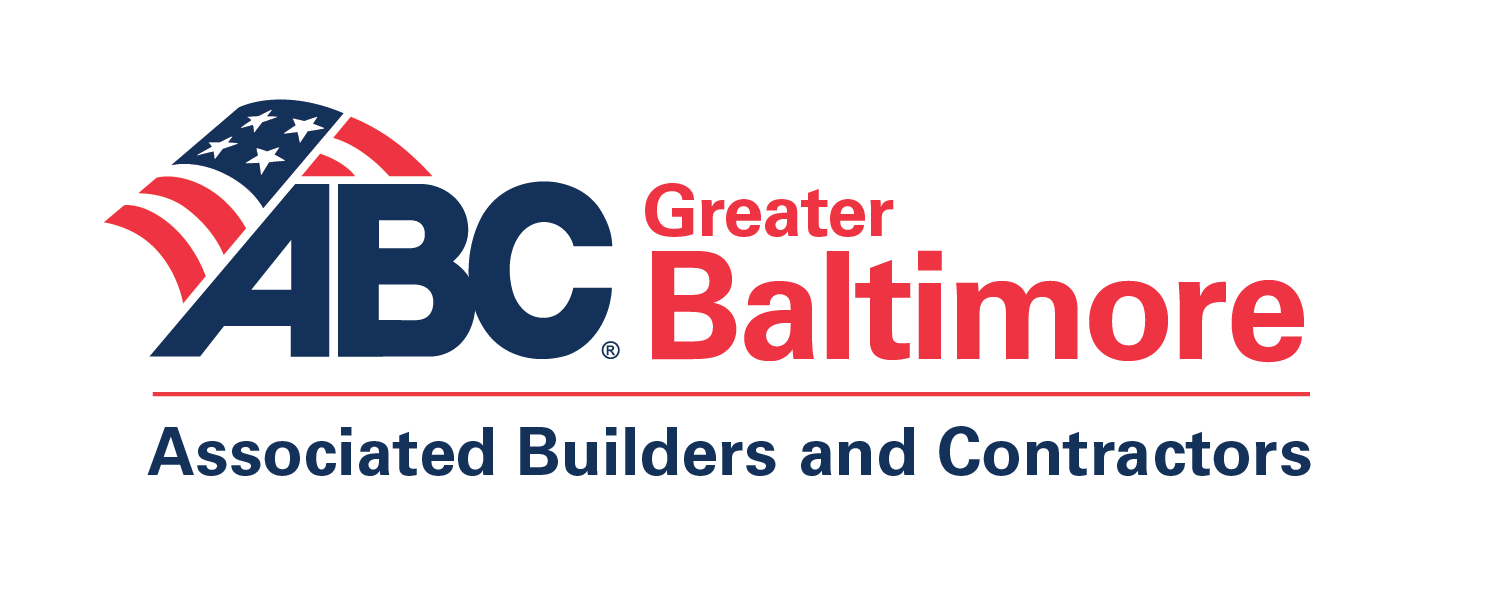When Maryland voters approved a constitutional amendment that would legalize recreational marijuana, for employers, it raised a lot more questions than answers.
i
Cannabis will be fully legalized this July. Given that cannabis is traceable in your system for as much as 30 days, it becomes much more a matter of ‘impairment” than it does testing positive.
i
ABC is actively engaged with legislators to be the voice of caution and reason to ensure that employers have the tools and the legal authority to ensure the safety and welfare of their employees.
i
All Maryland businesses will need to do three things exceptionally well once recreational cannabis is fully legalized in July 2023:
- Protect the right of the workforce to legally use cannabis in a responsible manner.
- Protect the right of the workforce to a safe and healthful workplace.
- Provide for a predictable, sustainable workforce. For example, traditional drug-testing methods for cannabis may unnecessarily remove too many people from the workplace.
Our focus this legislative session will be to ensure Maryland gets it right from the start:
- Workplace strategy cannot take on a prohibition approach. Prohibition only works if people obey and we are able to catch people who choose not to obey. To have a sustainable workforce (quantity, quality, and longevity) we have to allow our workers to use it responsibly (unless overruled by Federal law/regulation).
- Environmental Cannabis Smoke must be treated equally to Environmental Tobacco Smoke with the same restrictions until the level of hazard can be determined.
- Focus on impairment rather than metabolites. The employer must have the ability to determine whether an individual is fit for duty.
- The focus on impairment would include two parts:
- Minimum hours (of not using) before work: a proposed six-hour ban for smoking and eight for edibles.
- Allow employers to conduct impairment testing and then make employment decisions based on that testing.
- Funding for research, training, rehabilitation, and subsidizing a portion of expenses incurred by employers for the first 36 months.

